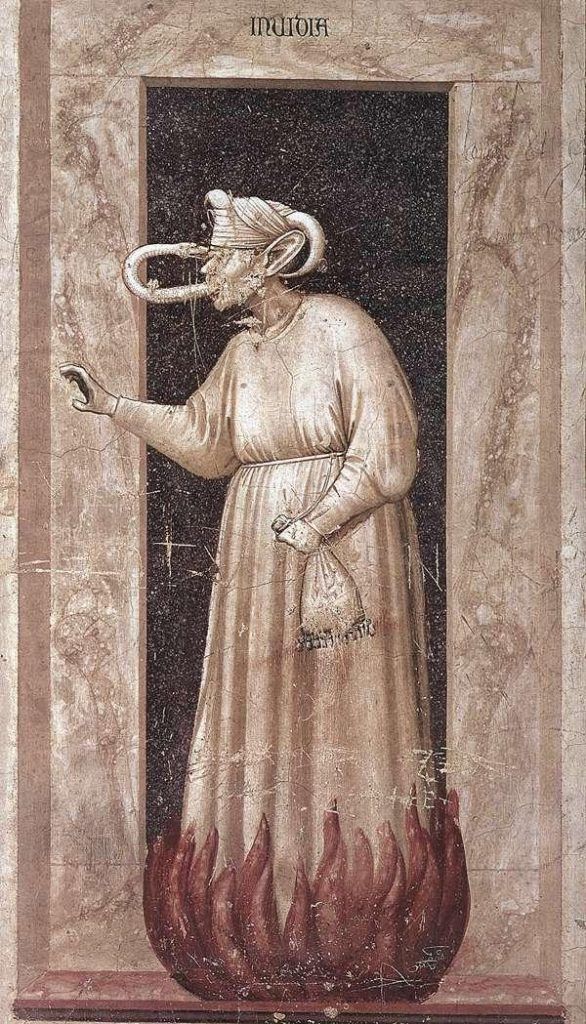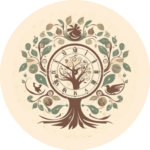Close your eyes and imagine a witch. What do you see? In my case, perhaps unsurprisingly, I picture the Wicked Witch of the West as played by the wonderful Margaret Hamilton: stooped posture, hooked nose, hairy moles on a green face, slim body dressed in black robes, wispy hair covered by a hat, broom clutched menacingly in Dorothy’s direction. She’s a stereotypical witch, a hag who’s equally fascinating and repulsive. But why do we think of old women when we think of witches?
Witches are having a moment: ‘witch lit’ is one of the best-selling book genres of the past few years, and witches have been reappropriated by feminism, becoming a symbol of resistance and non-conformity. Yet the image of the old hag wishing to harm children still lurks in the back of our minds. Since The Wizard of Oz’s release in 1939, Margaret Hamilton’s version came to dominate how many of us imagine witches today. However, this depiction was not new, but rather a reinterpretation and codification of how witches had been described for centuries. There are exceptions, yes, but witches are usually old. They are crones; their bodies are shrivelled and stooped with age, their hair is greying, and their faces are gaunt and wrinkled. Why? Let’s go back to the period of the ‘witch craze’.

In the early modern period, the body was understood within the framework of the humoral theory: the proportion of the four humours (black bile, yellow bile, phlegm, and blood) determined health and illness, and the bodily fluids shaped the body’s constitution while simultaneously being influenced by gender, age, season, and lifestyle. In general, though, growing old was a process of ‘drying out’, with bodily fluids becoming less abundant. Think of the body as changing from a plump grape to a shrivelled raisin. This is why older women stopped menstruating: they no longer had excessive blood to purge. Menopause was part of the gradual process of ageing for women, and it was usually believed to start around 49 years old. (This was consistent with the Hippocratic idea of the ‘seven ages of man’, in which the body underwent changes at the end of every seven years.) This was not a sudden transition, though. Women were warned in medical manuals that irregular menstruation was to be expected during this period (pun unintended but appreciated), which could last up to a decade. In the best-selling sex guide wrongly attributed to Aristotle, it was stated that:
‘If the Woman be stricken in years, and it cease to be with her after the Custom of Women [menstruation], that is her Courses are stayed [stopped], which in some happens sooner, and some later, and between 44 and 55 with them all […], those Women must despair of further Generation [further pregnancies]: for as the learned in this Art frequently observe, where there is neither Buds nor Blossoms there can be no fruit’.

It was widely understood that without the flowers (menstruation), there could be no fruit (a child), with menopause marking the end of women’s fertility. At a time when fertility was revered, it’s not hard to understand how old women came to be both feared and reviled. They were assumed to be jealous of younger women, wishing to harm them and their children. And this is what connects age and gender to witchcraft: envy. Think of the Wicked Witch of the West again, and her green body. Could she be green with envy? And what about Dorothy’s ruby slippers, their bloody colour a symbol of youth and life?
One way of understanding witchcraft is as physical harm caused by an emotion. It’s not surprising, then, that these elderly women, jealous of youth and vitality, would attack fertility. Witches were accused of destroying crops, causing cattle to sicken, and making men impotent or women barren. It wasn’t rare for allegations of witchcraft to happen during the lying-in period, when newly delivered women were celebrated by their friends and family. (You can read a little bit about these rituals here.) New mothers expected to be the target of envy and so, feared attacks by witches, who could dry their milk or make their babies ill. It is no coincidence that this narrative can be found both in books about witchcraft and demonology from the period and in the judicial archives. So, the idea of older women envying and harming younger women was established by the 16th century. These stereotypes of witchcraft were created by fears, but also by a patriarchal hostility towards older women, who could no longer contribute to their society by having children.

Many of the women accused of witchcraft embodied the image of envy as depicted in medieval churches and paintings, with the two becoming deeply intertwined. These crones usually had long, unbound grey hair, and shrivelled sagging breasts. Their bodies were dried up and lacking in vitality, the opposite of the young, fertile body, full of the vital fluids for reproduction: menstrual blood and breastmilk. Witches’ bodies were life-taking, not life-giving.
So, the signs of age became deeply associated with witches: the slumped posture, toothless mouth, caved-in face, hooked nose, post-menopausal facial hair, and ubiquitous empty breasts. But there’s more to it. Menopause rendered women less feminine, ‘unsexing’ them and making them closer to men – symbolised by the growth of facial hair. This made them less sexually attractive in a heteronormative society in which the sexual and gender binaries limited the kinds of bodies that were ‘acceptable’.

In the infamous Malleus Maleficarum, or the Hammer of Witches, Heinrich Kramer described witches as old and barren, but also sexually voracious women. Witchcraft was then also a manifestation of female lust – and frustrated desire since they were no longer considered sexually attractive. The hot flushes from menopause (‘flashings’) might have something to do with that idea since in this period sexual arousal was believed to be connected to bodily heat. (Hot spices and gamey meats were considered aphrodisiacs because they ‘heated’ the body, preparing it for sex.) So, these menopausal women were not only envious of younger women’s fertility but their sexual lives and pleasure. It is no wonder that many tales of witches included seduction; pacts with the devil were sealed through intercourse, and witches’ sabbaths involved orgies.

More recently, witches have been reclaimed. The book-turned-musical Wicked is perhaps the best example: the Wicked Witch of the West goes from the old, hag-like villain from Dorothy’s story to the (young) heroine of her own story. She is no longer just the Wicked Witch of the West, but Elphaba. Undoubtedly, we have a more nuanced understanding of gender and age today than in the 16th and 17th centuries. Yet many post-menopausal women claim to feel invisible in the eyes of society. Maybe they are no longer maligned, but they are secondary to younger women, who are themselves embracing the witch as a way of developing their own identities. However, we must keep in mind the misogyny and the ageism behind the witch as well as her symbolic role of female power. In the end, witches are paradoxical, they seduce and repulse us at once. For me, there’s no contest: Judy Garland is fabulous, sure, but my favourite parts of The Wizard of Oz are the ones with the Wicked Witch of the West.
References:
Aristotle’s Master-piece, or, The Secrets of Generation (London: 1684)
Heinrich Kramer, Malleus Maleficarum [Hammer of Witches] (Venice: 1487).
Johann Weyer, De praestigiis daemonum [On the Tricks of Demons] (Basel: 1563).
Further Reading:
Melanie Klein, Envy and Gratitude and Other Works: 1946-1963 (New York: The Free Press, 1975).
The Oxford Handbook of Witchcraft in Early Modern Europe and Colonial America, edited by Brian Levack (Oxford: Oxford University Press, 2013).
Lyndal Roper, The Witch in the Western Imagination (Charlottesville: University of Virginia Press, 2012).




